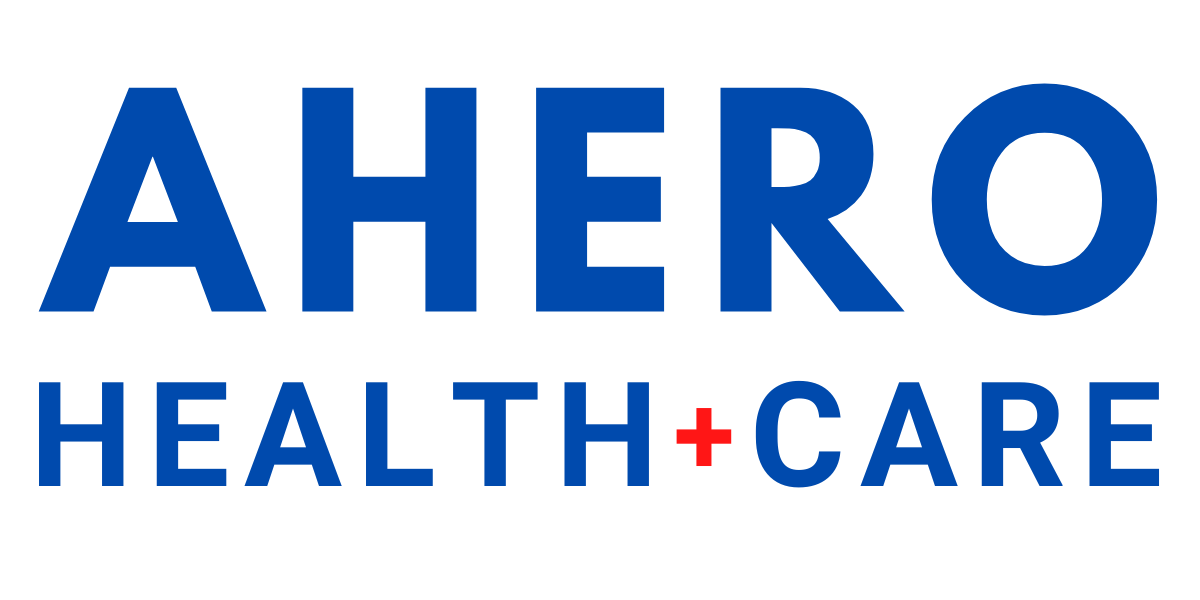Comparing Outcomes with Subjective vs. Data-Driven Pain Evidence
In the complex world of personal injury, disability, and workers' compensation claims, the evaluation of chronic pain is a persistent challenge. The inherent subjectivity of pain often clashes with the legal and insurance systems' need for objective, quantifiable proof. This friction can lead to protracted disputes, unpredictable outcomes, and frustration for all parties involved. For legal, insurance, and occupational health professionals in Ontario, navigating these claims requires a clear, evidence-based approach.
Through a comparative analysis of two hypothetical scenarios—one reliant on subjective reporting and the other reinforced by objective data—this post illustrates the profound impact of evidence quality on case outcomes. We will explore how data-driven assessments, a cornerstone of AHERO Health + Care best practices, lead to clearer, faster, and more equitable resolutions in complex pain-related files.
Why is objective evidence so critical in Ontario chronic pain cases?
Objective evidence is critical because it bridges the gap between a person's subjective experience of pain and the legal system's demand for verifiable proof. While Ontario courts have evolved to recognize chronic pain as a real and disabling condition, cases built solely on self-reporting face significant hurdles trlaw.com. Historically, courts showed considerable skepticism toward claims lacking objective medical findings.
A data-driven approach provides the corroboration needed to build a credible and defensible case. It translates subjective complaints into a language that adjusters, lawyers, and adjudicators can understand and act upon with confidence. By incorporating validated assessment tools, functional testing, and psychological evaluations, professionals can create a comprehensive picture of the claimant's condition. This shift from ambiguity to clarity is a key tenet of AHERO Health + Care insights, ultimately preventing situations where legitimate claims are undervalued due to a perceived lack of "hard" evidence.
How have Ontario courts' views on subjective pain evidence changed over time?
The judicial perspective in Ontario has undergone a significant transformation. In the past, the legal system struggled to accommodate purely subjective complaints. For instance, in the case of Barriffe v. Janiten, the court required the plaintiff to demonstrate a clear physical or psychological link to the accident, ultimately concluding the plaintiff had "talked himself into" his condition without sufficient psychiatric evidence trlaw.com. This reflects a historical reliance on finding a direct, observable cause for the pain.
However, the Supreme Court of Canada's landmark decision in Nova Scotia (Workers' Compensation Board) v. Martin marked a pivotal shift. The court explicitly rejected bias against chronic pain syndrome, establishing it as a legitimate medical condition deserving legal recognition, even if its existence isn't supported by objective findings at the injury site hshlawyers.com. Despite this progress, the tension remains, and as the recent Mandel v. Fakhim case shows, juries can still award minimal damages for chronic pain claims without strong supporting evidence preszlerlaw.com.
What types of data-driven evidence are most effective in these cases?
Effective, data-driven evidence is multi-faceted and goes beyond the claimant's narrative. One of the most important AHERO Health + Care tips is to build a file with multiple layers of objective information. Based on Ontario's healthcare quality standards, this includes:
Validated Assessment Tools: Standardized instruments like the Brief Pain Inventory are crucial. They capture not just pain intensity but also its impact on quality of life, providing quantifiable metrics that can be tracked over time hqontario.ca.
Psychological Evaluation: Given the high comorbidity between chronic pain and mental health conditions like depression and anxiety, using tools like the Patient Health Questionnaire (PHQ-9) is mandated by provincial standards. This data provides objective support for the full impact of the condition hqontario.ca.
Functional Assessments: Expert testimony that includes objective findings like decreased range of motion, muscle tightness, and tenderness to palpation carries significant weight. These observable signs help corroborate the subjective complaints of pain hshlawyers.com.
Objective Social Outcomes: Tracking a claimant's ability to return to work or advance their education provides measurable indicators of functional improvement or continued impairment. One study of an Ontario program found 29% of patients on disability showed improvement in work status after treatment pmc.ncbi.nlm.nih.gov.
Does involvement in litigation negatively impact a claimant's recovery?
This is a common concern for insurance and legal professionals, who may worry that the prospect of a settlement can hinder recovery. Research on this topic provides a nuanced and important answer. A comprehensive study comparing chronic pain patients in litigation versus those not in litigation found that the litigating group did report significantly worse outcomes on psychological and physical measures at their initial assessment.
However, the most critical finding was that despite these worse initial reports, the litigation patients showed comparable levels of improvement after participating in a multidisciplinary pain management program. The amount of positive change was statistically the same for both groups pmc.ncbi.nlm.nih.gov. This powerful insight suggests that deferring or denying treatment based solely on litigation status may not be justified by the evidence and that claimants can and do get better with proper care, regardless of their legal situation.
What is the ultimate benefit of adopting a data-driven assessment strategy?
Adopting a data-driven assessment strategy, such as the approach championed by AHERO Health + Care, moves the evaluation process from a subjective debate to an objective discussion. For the approximately 1.8 million Ontario residents living with chronic pain, this means their condition is evaluated more accurately and fairly pmc.ncbi.nlm.nih.gov. For professionals, it means creating a robust, defensible, and clear file that reduces ambiguity and streamlines resolution.
By combining the patient's narrative with validated instruments, functional data, and psychological metrics, all parties gain a credible foundation for decision-making. This comprehensive approach mitigates the risk of unpredictable jury awards, facilitates fair settlements, and ensures that resources are directed effectively, leading to better outcomes for both the individual and the system as a whole.
References
[3] "https://pmc.ncbi.nlm.nih.gov/articles/PMC6382036/"
[5] "https://hshlawyers.com/blog/chronic-pain-an-invisible-injury/"
[6] "https://pmc.ncbi.nlm.nih.gov/articles/PMC6463350/"
[7] "https://trlaw.com/wp-content/uploads/2016/06/dsg-litigating-chronic-pain-cases-july-2016.pdf"
[8] "https://www.preszlerlaw.com/case-summaries/how-is-pain-and-suffering-determined-ontario/"
[9] "https://pmc.ncbi.nlm.nih.gov/articles/PMC2673139/"
[10] "https://pmc.ncbi.nlm.nih.gov/articles/PMC9079194/"
[11] "https://pmc.ncbi.nlm.nih.gov/articles/PMC3298051/"
[13] "https://onlinelibrary.wiley.com/doi/10.1155/2021/6695741"
[15] "https://pubmed.ncbi.nlm.nih.gov/24370382/"
